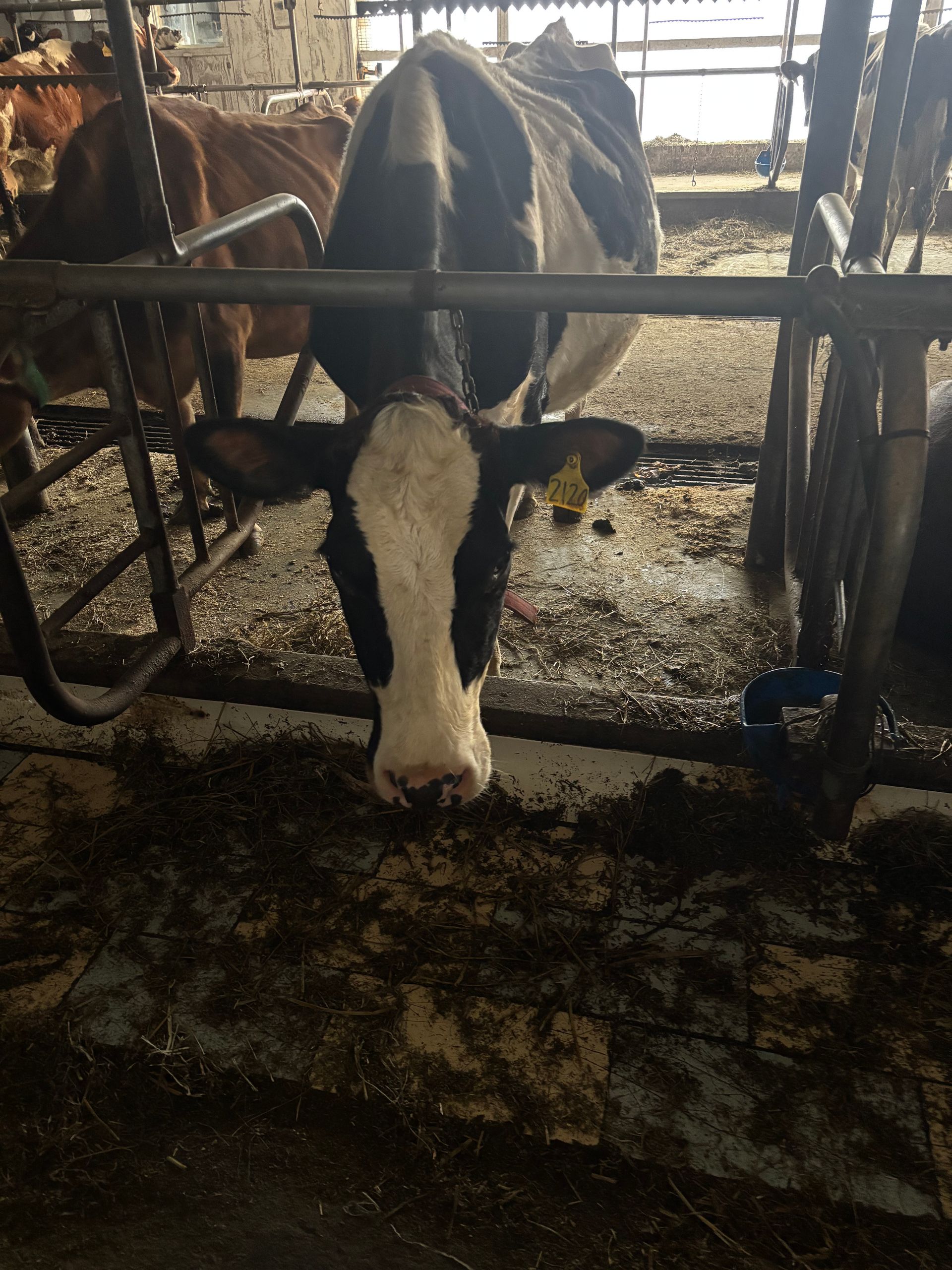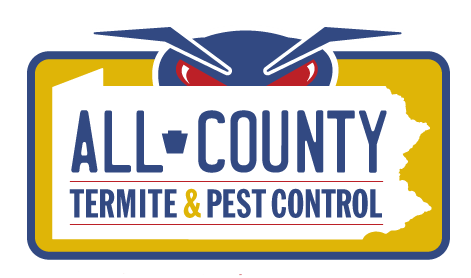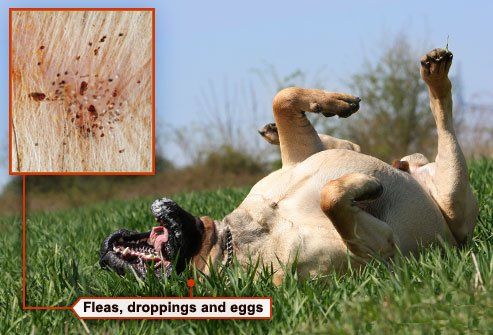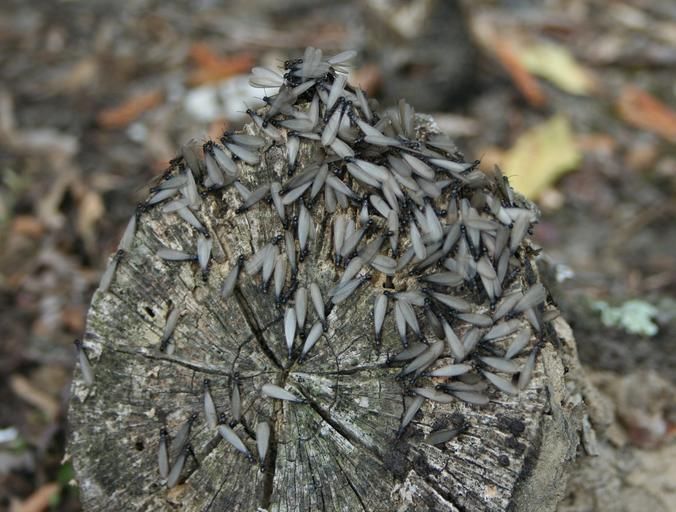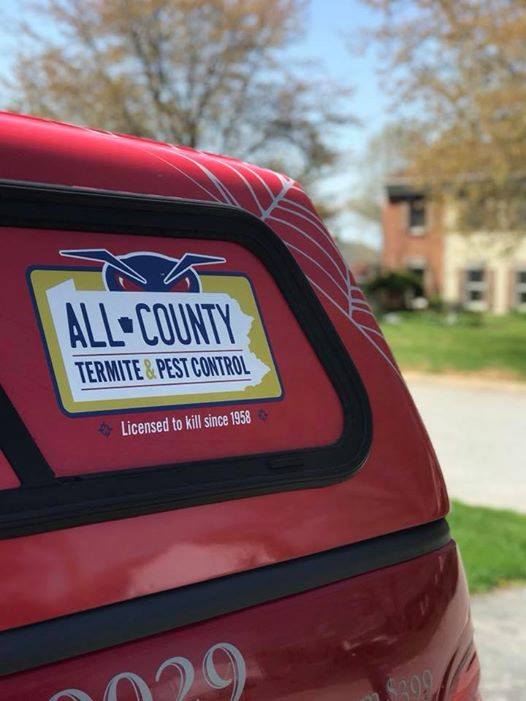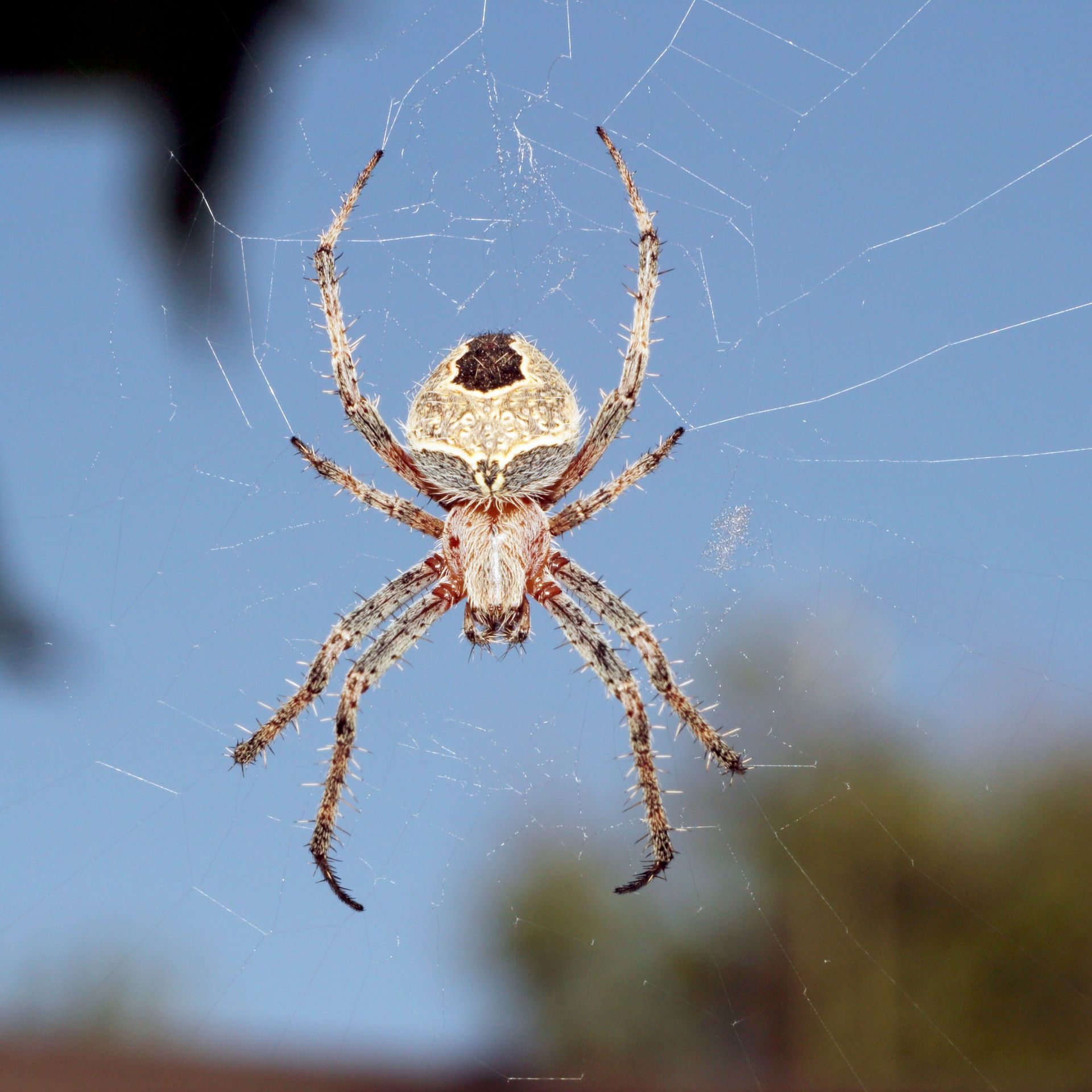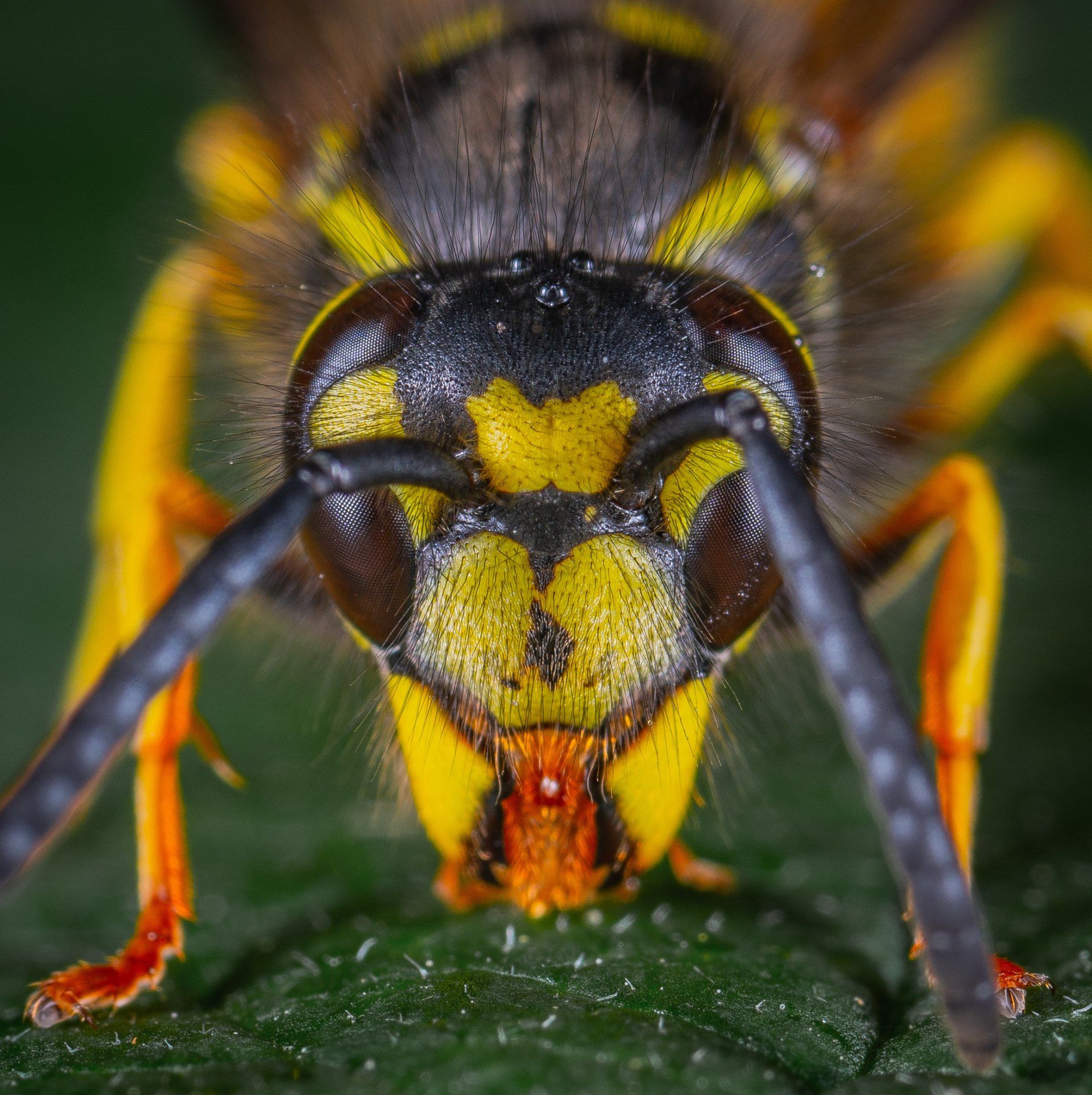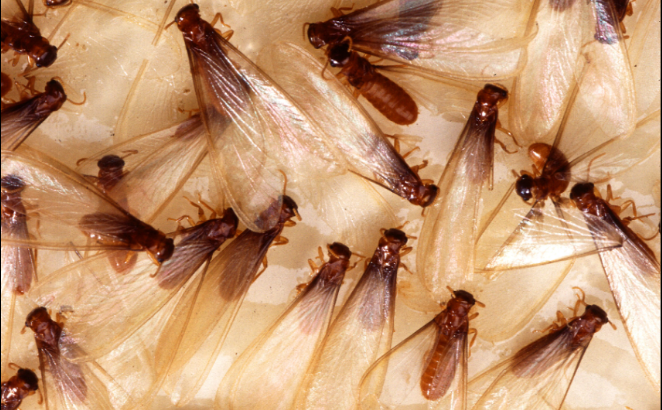How To Get Rid of Fleas in Your House
Trying to get rid of fleas in house? Are you dealing with a flea infestation in your home? Don't worry, we've got you covered! In this article, we will provide you with effective flea treatment solutions and tips for home flea control. Whether you're facing an existing flea problem or want to prevent future infestations, we have the answers you need.
Discover the best methods to control and eliminate fleas, ensuring a flea-free living environment for you and your family. From understanding flea behavior and their life cycle to identifying the signs of a flea infestation in your home, we will guide you through every step of the process.
Learn how to respond immediately when you find fleas in your house and the importance of choosing the right flea treatment for optimal results. We will also explore the benefits of professional flea control services and debunk common myths about flea infestations.
Additionally, we'll share post-treatment flea control strategies to maintain a flea-free environment and protect your pets from future infestations. Plus, we'll introduce you to All County Termite & Pest Control, your trusted ally in the fight against fleas.
So, get ready to bid farewell to fleas in your home with our comprehensive fleas in house infestation solutions. Let's dive into the world of effective flea treatments and home flea control methods!
Get a free quote today.
Understanding Flea Behavior and Life Cycle
To effectively combat fleas and prevent infestations in your home, it is crucial to understand their behavior and life cycle. By gaining insight into the different stages of a flea's life cycle and the factors that contribute to their survival, you can implement targeted strategies for flea control.
Stages of the Flea Life Cycle
A flea goes through four distinct stages during its life cycle:
- Eggs: Flea eggs are tiny, oval-shaped, and white. They are typically laid on your pet or in their environment, such as bedding or carpets.
- Larvae: After hatching from eggs, flea larvae emerge. They are legless, worm-like creatures that feed on organic matter, including flea feces, skin flakes, and other debris present in the environment.
- Pupae: In the pupal stage, fleas undergo metamorphosis within a cocoon. This stage can last from several days to several months, depending on environmental conditions.
- Adults: Once mature, adult fleas emerge from the pupal cocoon. They seek a host, typically your pet, to feed on and breed, repeating the life cycle and continuing the infestation.
Flea Behavior Patterns
Fleas have specific behaviors that enable their survival and infestation of your home:
- Jumping: Fleas are known for their exceptional jumping ability, allowing them to move quickly between hosts and different areas of your home.
- Biting: Fleas rely on biting to feed on blood, both from your pets and occasionally from humans. This feeding can cause itchy bites and discomfort.
- Reproduction: Female fleas can lay hundreds of eggs during their lifespan, quickly multiplying the infestation if left untreated.
- Survival: Fleas have evolved to be highly resilient. They can survive for weeks to months without a host and are resistant to many common household insecticides.
By understanding flea behavior and their life cycle, you can develop effective strategies to combat them at each stage of development. Implementing preventive measures and utilizing targeted flea control methods will help you maintain a flea-free and comfortable home environment.
Signs of a Flea Infestation in Your Home
If you suspect that your home is infested with fleas, it's essential to identify the signs and take immediate action to eliminate these pests. By promptly recognizing the signs of a flea infestation, you can prevent further spread and protect your family and pets from discomfort and potential health risks.
Here are some telltale signs to look out for:
- Bites on humans and pets: Flea bites typically appear as small, red, itchy bumps on the skin, often accompanied by intense itching and irritation. Your pets may also display signs of constant scratching, biting, or chewing, indicating the presence of fleas.
- Flea dirt: Flea feces, commonly referred to as flea dirt, are small dark specks often found on your pet's fur, bedding, or other areas where pets spend time. Flea dirt is a telltale sign of flea activity, as it is composed of digested blood.
- Flea eggs and larvae: Fleas lay eggs in your home's environment, such as cracks, carpets, bedding, and furniture. These eggs are extremely small and difficult to see. However, if you notice tiny white or translucent oval-shaped objects in these areas, it could indicate the presence of flea eggs or larvae.
- Flea movement: If you observe tiny, dark, fast-moving insects in your home, especially in areas where your pets typically spend time, it is likely that you have a flea infestation. Fleas are agile and can quickly jump from one host to another.
- Itching and scratching: If you or your pets experience persistent itching, scratching, or discomfort, fleas could be the culprit. The saliva of fleas contains proteins that can trigger allergic reactions in some individuals, leading to excessive itching and skin irritation.
Remember, early detection of a flea infestation is crucial for effective control. If you notice any of these signs, it's important to take immediate action to eliminate the fleas and prevent their population from growing.
Fleas in House – The Immediate Response
Discovering fleas in your house can be distressing, but the key is to take immediate action. Responding swiftly is crucial in controlling the flea population and minimizing their impact on your home. In this section, we will outline the immediate steps you should take to combat fleas and regain a flea-free environment.
Vacuuming: Start by thoroughly vacuuming all areas of your home, paying close attention to carpets, rugs, furniture, and pet bedding. Vacuuming helps remove adult fleas, eggs, larvae, and pupae, reducing the overall population. Dispose of the vacuum bag or empty the canister promptly to prevent reinfestation.
Washing: Wash all bedding, linens, and clothing in hot water. High temperatures effectively kill fleas at all life stages. Be sure to follow the manufacturer's instructions for washing and drying to ensure optimal effectiveness.
Treat infested pets: Use vet-approved flea control products to treat and prevent fleas on your pets. Consult your veterinarian to determine the most suitable treatment options for your pets based on their size, age, and health condition. Regularly comb your pets with a fine-toothed flea comb to remove any remaining fleas or flea debris.
Targeted flea control products: Consider using targeted flea control products to treat your home and surroundings. These products can include sprays, powders, or foggers specifically designed to kill fleas and their eggs. Follow the instructions carefully and ensure the safety of yourself, your family, and your pets.
Reduce flea habitats: Clean and declutter your home to eliminate potential hiding spots for fleas. Regularly mow your lawn, trim shrubs, and remove debris to discourage flea populations from thriving in your yard.
Consult a professional: If the infestation persists or is severe, it may be necessary to seek professional flea control services. Pest control experts have the knowledge, expertise, and tools to effectively eradicate fleas from your home.
By taking immediate action and following these practical measures, you can quickly regain control over fleas in your house and create a flea-free living environment for you and your family.
Professional Flea Control – Why It’s Effective
When it comes to tackling severe flea infestations or dealing with persistent flea problems, professional flea control services offer the most effective solutions. With their expertise in flea extermination and customized treatment plans, these professionals can eliminate fleas from your home efficiently and safely.
One of the key advantages of professional flea control is the expertise these experts bring to the table. They have in-depth knowledge of flea behavior, life cycle, and effective extermination methods. This allows them to devise targeted strategies to eradicate fleas from your home.
Customized treatment plans are another highlight of professional flea control. These experts assess the severity of the infestation and create personalized treatment plans tailored to your specific needs. By taking into account various factors like the size of your home, the presence of pets, and the extent of the infestation, these customized plans ensure optimal results.
Safety is paramount when dealing with flea extermination. Professional flea control services follow strict safety procedures and protocols to protect you, your family, and your pets from any harmful chemicals or substances. They use professional-grade products and equipment that are safe and effective in eliminating fleas without posing any health risks.
So, if you're struggling with a severe flea infestation or DIY methods haven't been successful, it's time to consider professional flea control. With their expertise, customized treatment plans, and commitment to safety, these professionals can ensure a flea-free home for you and your loved ones.
Importance of Choosing the Right Flea Treatment
Evaluating Different Flea Control Methods
When it comes to flea control, choosing the right treatment is crucial for effective elimination and prevention. There are various flea control methods available, each with its own advantages and considerations. By evaluating different options, you can make an informed decision based on your preferences and the severity of the infestation. Consider the following factors when choosing a flea treatment:
- Effectiveness: Look for products or methods that have a proven track record of successfully eliminating fleas.
- Safety: Consider the safety of the treatment for both your family and pets. Chemical treatments may contain harsh ingredients that can pose risks, while natural options often offer a gentler approach.
- Long-term control: Consider treatments that not only eliminate existing fleas but also provide long-lasting protection to prevent future infestations.
Chemical Treatments vs. Natural Options
One decision you'll need to make is whether to use chemical or natural flea treatments. Chemical treatments typically contain synthetic insecticides that directly target and kill fleas. They are often highly effective but may carry risks to humans and pets. On the other hand, natural flea treatments utilize plant-based ingredients or essential oils to repel or kill fleas. They are generally considered safer but may require more frequent application.
The Role of Insect Growth Regulators (IGRs)
Insect Growth Regulators (IGRs) are chemicals that disrupt the life cycle of fleas. They prevent flea eggs and larvae from developing into adults, effectively reducing their population. IGRs can be a valuable addition to your flea control strategy, especially in cases of severe infestations. However, they are often used in conjunction with other treatments and may not be effective as a standalone solution.
Evaluating different flea control methods and understanding the pros and cons of chemical treatments, natural options, and the role of IGRs will guide you in choosing the right flea treatment for your home. Remember, the best approach may vary depending on the extent of the infestation and your individual circumstances. Consulting with a pest control professional can also provide valuable insights and recommendations tailored to your specific needs.
Preparing Your Home for Flea Extermination
Before initiating the flea extermination process, it is crucial to prepare your home properly. By following these steps, you can ensure the maximum effectiveness of the flea treatment and improve your chances of successfully eliminating these pesky pests.
To prepare your home for flea extermination, follow this comprehensive checklist:
- Declutter: Remove any unnecessary items, such as piles of clothing or excess clutter, as fleas and their eggs can hide in these areas.
- Vacuum thoroughly: Vacuum all areas of your home, including carpets, rugs, furniture, and crevices. Pay special attention to areas where pets spend most of their time.
- Wash infested items: Launder all bedding, blankets, and pet bedding in hot water to kill any fleas, eggs, or larvae that may be present.
- Seal off infested areas: Identify and seal off any areas where fleas may be hiding, such as cracks in walls, gaps in floorboards, or spaces around doors and windows.
- Remove pets: Temporarily relocate your pets during the flea extermination process. This will not only protect them from any potential harm but also prevent reinfestation.
- Notify your exterminator: Inform your professional exterminator about any specific areas or rooms where you suspect heavy infestation or where pets spend most of their time. This will help them focus their efforts more effectively.
- Protect sensitive items: Cover or remove delicate items, such as food, dishes, and fish tanks, to prevent them from being exposed to flea control products.
By following these steps, you will ensure that your home is properly prepared for the flea extermination process. This preparation will maximize the effectiveness of the treatment and provide you with the best chance of eliminating fleas from your home completely.
Post-Treatment Flea Control Strategies
Now that you have successfully treated your home for fleas, it's important to implement post-treatment flea control strategies to prevent reinfestation and maintain a flea-free environment. By incorporating routine cleaning and preventive measures, you can ensure a long-term solution to your flea problem.
Maintaining a Flea-Free Environment
- Regular vacuuming: Vacuum your home frequently, paying extra attention to areas where your pets spend time. Be sure to empty the vacuum bag or canister after each use to prevent fleas from reinfesting your home.
- Washing pet bedding: Wash your pet's bedding and blankets regularly in hot water to kill any fleas or eggs that may be present.
- Cleaning pet areas: Clean and disinfect your pet's living areas, such as crates, kennels, and litter boxes, regularly to eliminate any fleas or larvae hiding in these spaces.
- Treating outdoor areas: If your pets spend time outdoors, consider treating your yard with flea control products to minimize the chances of bringing fleas into your home.
Preventative Measures for Future Infestations
- Practice good pet hygiene: Regularly groom and bathe your pets to keep their fur clean and free from fleas.
- Use preventive products: Talk to your veterinarian about using flea prevention products, such as topical treatments or oral medications, to protect your pets from future infestations.
- Inspect your pets: Regularly check your pets for signs of fleas, such as excessive scratching or red, irritated skin. If you notice any signs, take immediate action to prevent the infestation from spreading.
- Maintain a clean home: Keep your home clean and clutter-free to minimize hiding places for fleas. Regularly wash bedding, vacuum carpets and furniture, and mop hard floors to remove any potential flea eggs or larvae.
By following these post-treatment flea control strategies, you can maintain a flea-free home and minimize the risk of future infestations. Remember, prevention is key to keeping your home and pets free from fleas.
Common Myths About Flea Infestations Debunked
Flea infestations can be a nuisance, and there are several myths and misconceptions surrounding these pests that can hinder your efforts to control and prevent them. In this section, we will debunk common flea infestation myths and provide accurate information to help you make informed decisions.
- Myth: Fleas only infest pets.
- Fact: While pets are commonly affected by fleas, these tiny pests can also infest your home. Fleas can hide in carpets, bedding, and upholstery, allowing them to spread and bite humans as well.
- Myth: Fleas can't survive in clean homes.
- Fact: Fleas are resilient creatures and can survive in both clean and dirty environments. Regular cleaning can help reduce the risk of infestation, but it is not a foolproof method of prevention.
- Myth: Fleas die during the winter.
- Fact: While fleas may be less active during colder months, they can still survive indoors where temperatures remain warm. This means your home can still be susceptible to flea infestations throughout the year.
- Myth: Fleas are only a problem for pet owners.
- Fact: While pets are commonly associated with flea infestations, anyone can experience a flea problem. Fleas can be transported into your home through clothing, visitors, or even stray animals.
By debunking these common flea infestation myths, we hope to provide you with accurate information to better understand and combat these pests. Remember, effective flea control requires a comprehensive approach that includes proper prevention, treatment, and maintenance.
All County Termite & Pest Control: Your Ally Against Fleas
All County Termite & Pest Control is your trusted ally in the battle against fleas. With their expertise in flea extermination and customized treatment plans, they provide effective solutions to eliminate fleas and prevent their return. By choosing All County, you can be confident in their commitment to safety procedures, ensuring the well-being of your family and pets during the flea control process.
When it comes to flea control services, All County Termite & Pest Control is a name you can trust. Their team of experienced pest control experts is well-equipped to tackle even the most severe flea infestations. They understand the behavior and life cycle of fleas, allowing them to implement targeted strategies for effective and long-lasting results.
What sets All County apart is their dedication to providing customized treatment plans tailored to your specific needs. They understand that every home is different, and therefore, require a personalized approach to flea control. By conducting a thorough inspection of your property, they will develop a treatment plan that addresses the root cause of the infestation, ensuring complete eradication.
When you choose All County Termite & Pest Control, you can have peace of mind knowing that you are working with professionals who prioritize your safety and satisfaction. They strictly adhere to safety procedures and protocols to minimize any potential risks associated with flea control treatments.
If you are dealing with a flea infestation and need immediate assistance, contacting All County is the first step towards reclaiming your home from these pesky pests. Their responsive team is ready to help you combat the infestation, providing prompt and effective solutions.
Why Choose All County Termite & Pest Control in Lancaster, PA
There are several reasons why All County Termite & Pest Control stands out as the go-to choice for flea control in Lancaster, PA:
- Expertise in Flea Extermination: The technicians at All County are highly trained and experienced in flea extermination. They stay up-to-date with the latest industry trends and employ proven methods to eliminate fleas effectively.
- Customized Treatment Plans: All County understands that each home and infestation is unique. They will develop a customized treatment plan tailored to your specific needs, ensuring targeted and efficient flea control.
- Effective Products and Techniques: All County utilizes advanced flea control products and techniques to provide the most effective results. Their treatments are designed to not only eliminate current infestations but also prevent future ones.
- Safe and Environmentally Friendly: All County is committed to utilizing safe and environmentally friendly flea control methods. They prioritize the health and well-being of your family and pets while effectively eradicating fleas.
If you are struggling with a flea infestation or require preventive measures to keep your home flea-free, contacting All County Termite & Pest Control is the first step towards effective and reliable flea control. They will be there with you every step of the way, offering their expertise and ensuring your home is free from fleas.
Protecting Your Pets from Fleas
Pets are beloved members of our families, but unfortunately, they can also be the source of flea infestations. To ensure the well-being of your pets and prevent fleas from entering your home, it's crucial to have a comprehensive plan for pet flea protection.
Regular grooming plays a vital role in preventing fleas on pets. Brushing your pet's coat regularly not only removes dirt and debris but also helps to identify any potential flea activity. During grooming sessions, use a flea comb to check for any signs of fleas or flea dirt. If you notice fleas or their waste, take immediate action to address the issue.
In addition to grooming, using flea prevention products is an effective way to safeguard your pets. Consult your veterinarian for the most appropriate flea prevention treatments for your pets. These products may include topical treatments, oral medications, or flea collars. Remember to follow the instructions provided by the manufacturer and administer the treatments as recommended by your vet.
Creating a clean living environment is another essential aspect of pet flea protection. Regularly vacuuming your home, especially areas frequented by your pets, helps to remove any flea eggs, larvae, or pupae. Laundering your pet's bedding and any washable items in hot water can also help eliminate fleas. Additionally, maintaining a clean yard by regularly mowing the lawn and removing debris can reduce the risk of fleas infesting outdoor areas.
Share this post
You Might Also Like...
